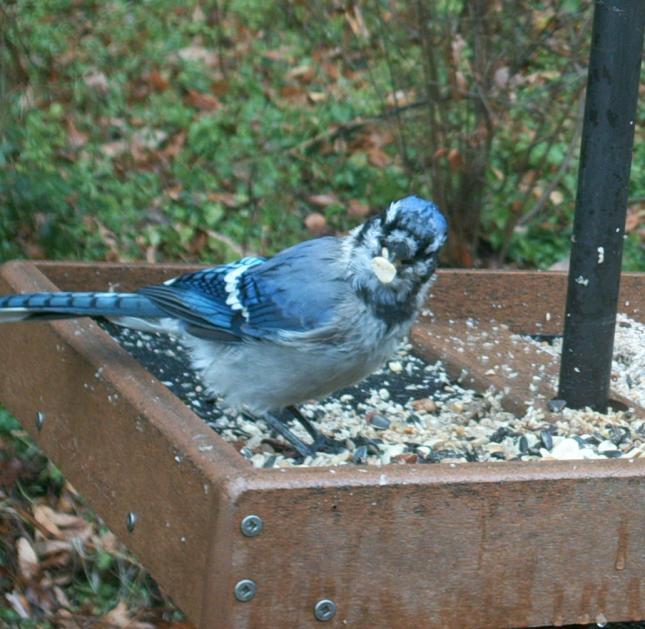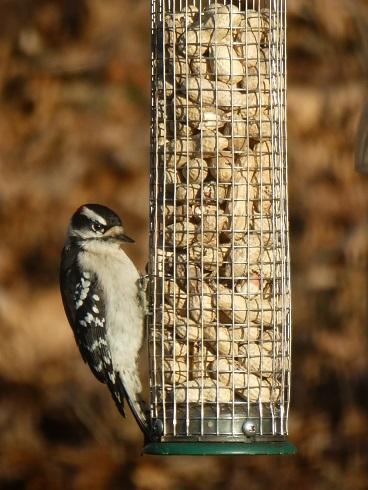Fall Birding
Masting and Caching
Do you recall the fall of 2023? Birds were very scarce and customers were even concerned about the absence of squirrels. In natural terms, it was known as a masting year. Masting refers to the every few years' overproduction of nuts by tree. There’s speculation as to the causes of masting but the outcome is an abundance of foodstuffs for wildlife and birds, and a greater potential for a tree’s propagation. When there’s a cornucopia of acorns, walnuts, and Hickory nuts you are less likely to see birds at your feeders. This year, we have a goodly amount of nuts littering the woodland ground. Evidence of squirrels gnawing on the nuts is found in little piles of shells everywhere. Occasionally a squirrel is observed planting a walnut in a far location or stuffing it into a nest of leaves for later.

When there’s an abundance of food, some birds will cache foods for later. Each fall, chickadees begin caching seeds by the thousands. By storing seeds, they ensure they will have something to eat during harsh weather and when natural foods become scarce in the future. In a behavior called scatter hoarding, each seed they collect is individually hidden in a unique location. Common storage sites include under tree bark, dead leaves, clusters of conifer needles, in knotholes and even under house siding and shingles. The amazing thing is that chickadees can accurately remember the location of each and every one of the seeds they hide for months to come! It all has to do with their hippocampus, the region of the brain that stores locational memories. In chickadees, it is proportionately larger when compared to birds that do not cache food. Other birds share this same caching behavior, including nuthatches, titmice and jays to name a few. Favorite targets for them to cache from your feeders can include sunflower and safflower seeds, tree nuts and peanuts.
Be aware that Jays love to cache peanuts! They are especially fond of peanuts in the shell. They bury them in the ground and are known to cache up to 100 or more of them in a single day, emptying your feeder in no time. Watch for them to make repeated trips to your feeders, then to fly off (up to two miles!) to bury their nutritious treasure.


